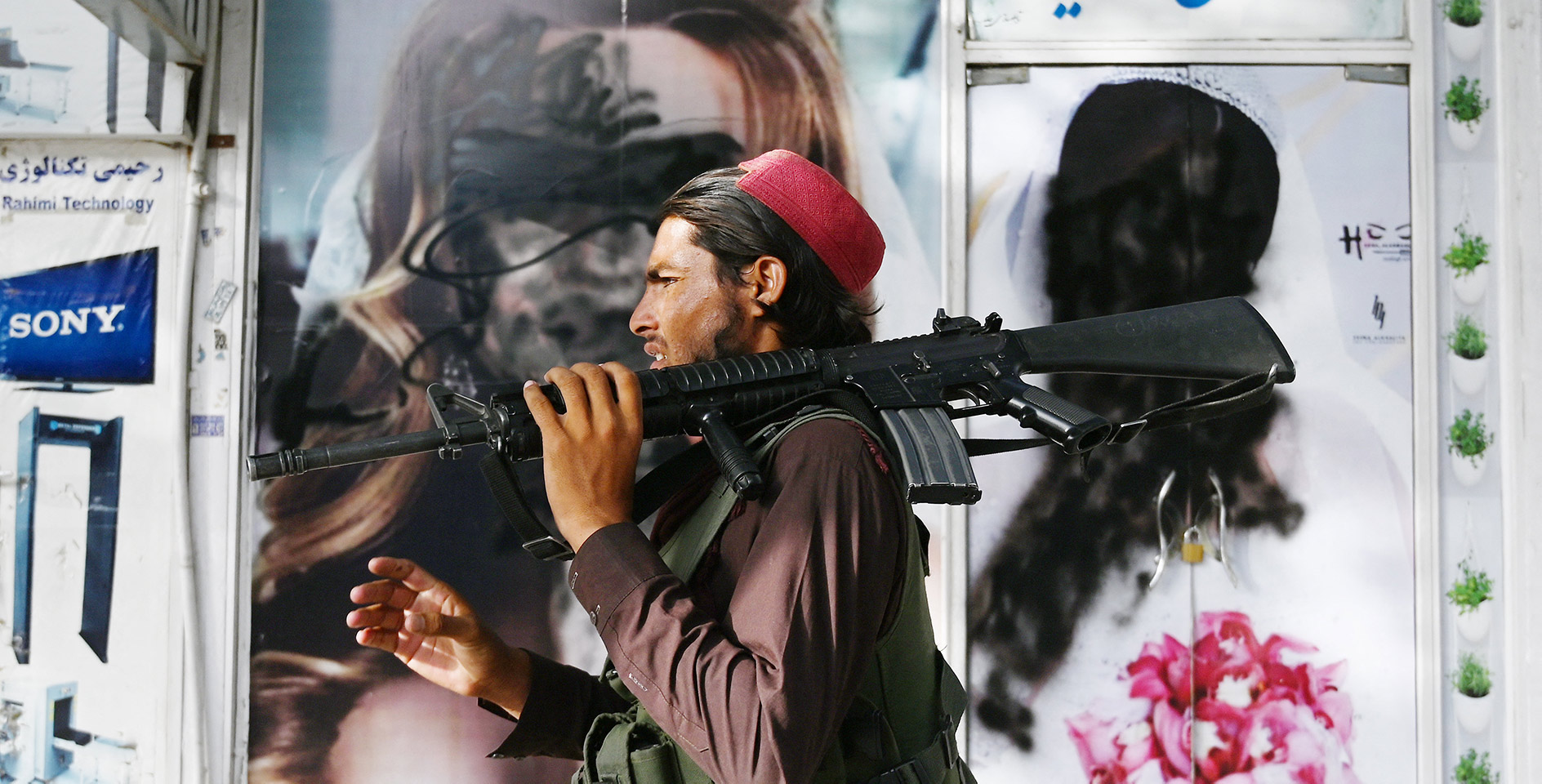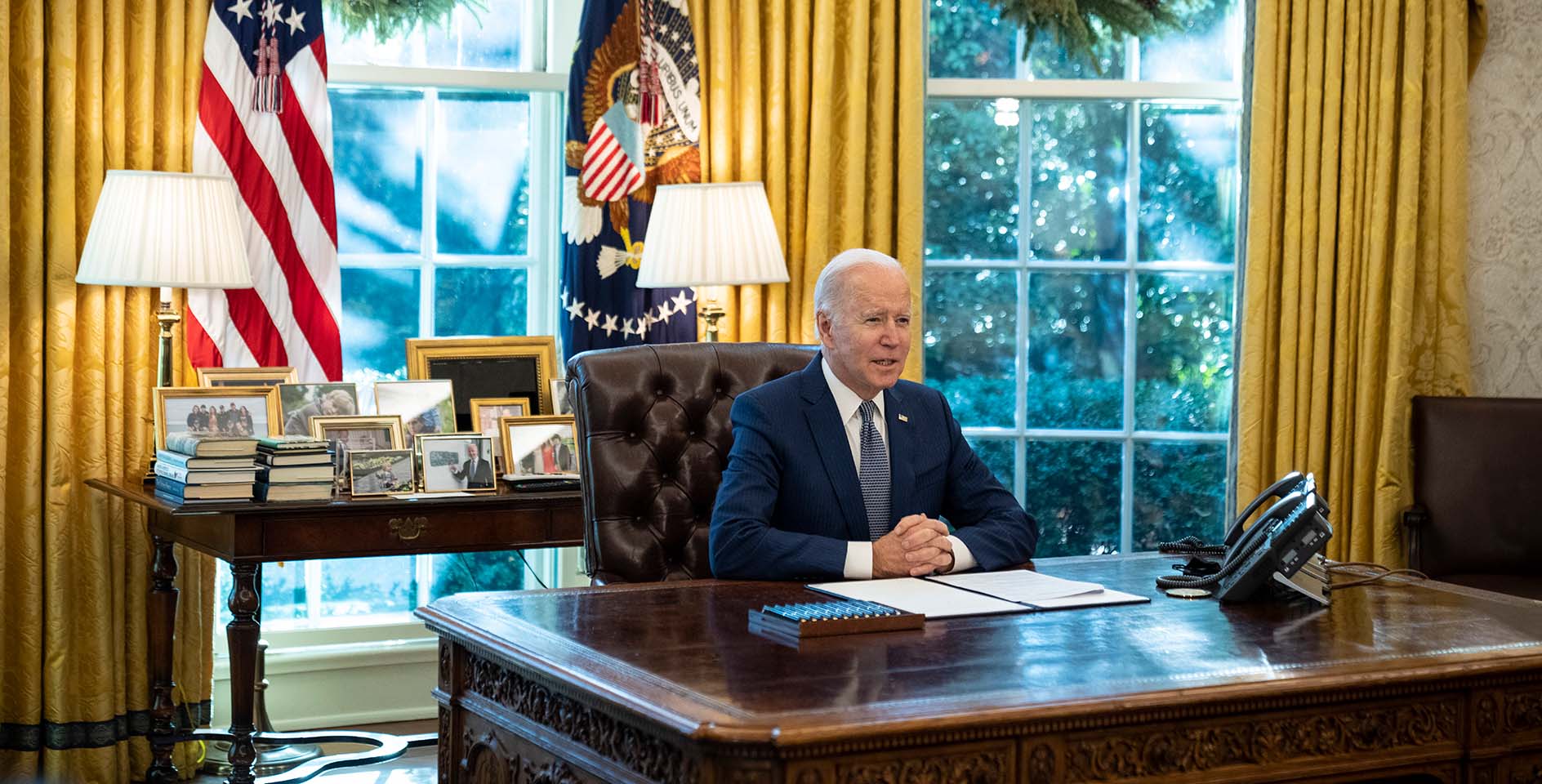After a two-decade war in Afghanistan, the United States is rapidly removing the last of military troops from the country. The Muslim extremist group known as the Taliban has used the opportunity to retake the control they lost when the U.S. invaded in 2001. Within a matter of days, the Taliban captured all of the major cities. The Afghan military and government quickly surrendered or fled the country.
The outcome was recently predicted by the U.S. intelligence community. In the Annual Threat Assessment report, issued in April, the Office of the Director of National Intelligence predicted that, “The Taliban is likely to make gains on the battlefield, and the Afghan Government will struggle to hold the Taliban at bay if the coalition withdraws support.”
Why are U.S. troops being pulled out now?
In February 2020, the Trump administration signed an agreement with the Taliban. The agreement required the United States to withdraw troops and release up to 5,000 Taliban “combat and political prisoners” while the Taliban agreed to “prevent the use of the soil of Afghanistan by any group or individual against the security of the United States and its allies.” The Afghan government was not included in the U.S.-Taliban talks.
The agreement required the U.S. to withdraw troops by May 2021. As soon as U.S. troops began to withdraw, the Taliban launched a major military offensive that prompted the United States to launch airstrikes in support of Afghan government forces in southern Afghanistan’s Helmand Province. Despite the continued conflict, President Biden decided to move forward with the withdrawal of forces.
Biden said he “inherited a diplomatic agreement” between the U.S. and the Taliban that all U.S. forces would leave the country. “It is perhaps not what I would have negotiated myself, but it was an agreement made by the United States government, and that means something,” said the president. He eventually delayed the final withdrawal date to August 31.
How will human rights change under the Taliban?
When the Taliban previously controlled Afghanistan, from 1996 to 2001, they were a leading violator of human rights. Women, girls, and religious minorities faced the greatest restriction and danger under Taliban rule. For example, millions of Afghan girls were not allowed to go to school, and Afghan women were prohibited from participating in public life, including holding political office.
While in power, the Taliban also controlled society through “morality” officials, known as “vice and virtue” police. This police force would patrol communities to monitor their adherence to Islamicist social codes, such as whether men had the proper beard length, whether they were attending Friday prayers, or whether they were using smartphones or other unauthorized technological devices. Morality officials would inflict beatings, other forms of corporal punishment, as well as imprisonment for violations of these social codes.
How will religious freedom change under the Taliban?
Religious freedom was already all but non-existent in Afghanistan because of the Constitution of Afghanistan, which became the supreme law of the Islamic Republic of Afghanistan in 2004.
Article 2 of the constitution stated that, “The sacred religion of Islam is the religion of the Islamic Republic of Afghanistan. Followers of other faiths shall be free within the bounds of law in the exercise and performance of their religious rituals.” Yet the very next article notes that, “No law shall contravene the tenets and provisions of the holy religion of Islam in Afghanistan.”
Article 130 of the Constitution clarifies that, in the absence of an explicit statute or constitutional limit, the Supreme Court should decide “in accord with Hanafi jurisprudence,” one of the four main Sunni schools of sharia law.
At the time of its drafting, the U.S. Commission on International Religious Freedom said the proposed Constitution “threatens to institutionalize a ‘Taliban-lite’ state where appointed judges are given the unchecked authority to ensure that all laws conform to their interpretation of the religion of Islam.” As they noted:
Freedom-loving Afghans won’t be able to rely on conscientious judges to protect religious freedom without an explicit reference to it in the constitution. Afghanistan’s chief justice, Fazl Hadi Shinwari, for example, has shown little regard for those who disagree with his hard-line interpretation of Islam. He told us that he accepted the international standards protected by the Universal Declaration on Human Rights with three exceptions: freedom of expression, freedom of religion and equality of the sexes. ‘This is the only law,’ the chief justice told us, pointing to the Koran on his desk.
While the Afghan Constitution provided only a thin veneer of religious freedom, the return of the Taliban threatens to reduce religious liberty even more. According to Human Rights Watch (HRW), the Taliban issued decrees in 1999 that forbade non-Muslims from building places of worship but allowed them to worship at existing holy sites), forbade non-Muslims from criticizing Muslims, ordered non-Muslims to identify their houses by placing a yellow cloth on their rooftops, forbade non-Muslims from living in the same residence as Muslims, and required that non-Muslim women wear a yellow dress with a special mark so that Muslims could keep their distance.
The dire situation in Afghanistan is why the ERLC is advocating that the U.S. government provide Priority 2 refugee status to Afghans fleeing persecution.









